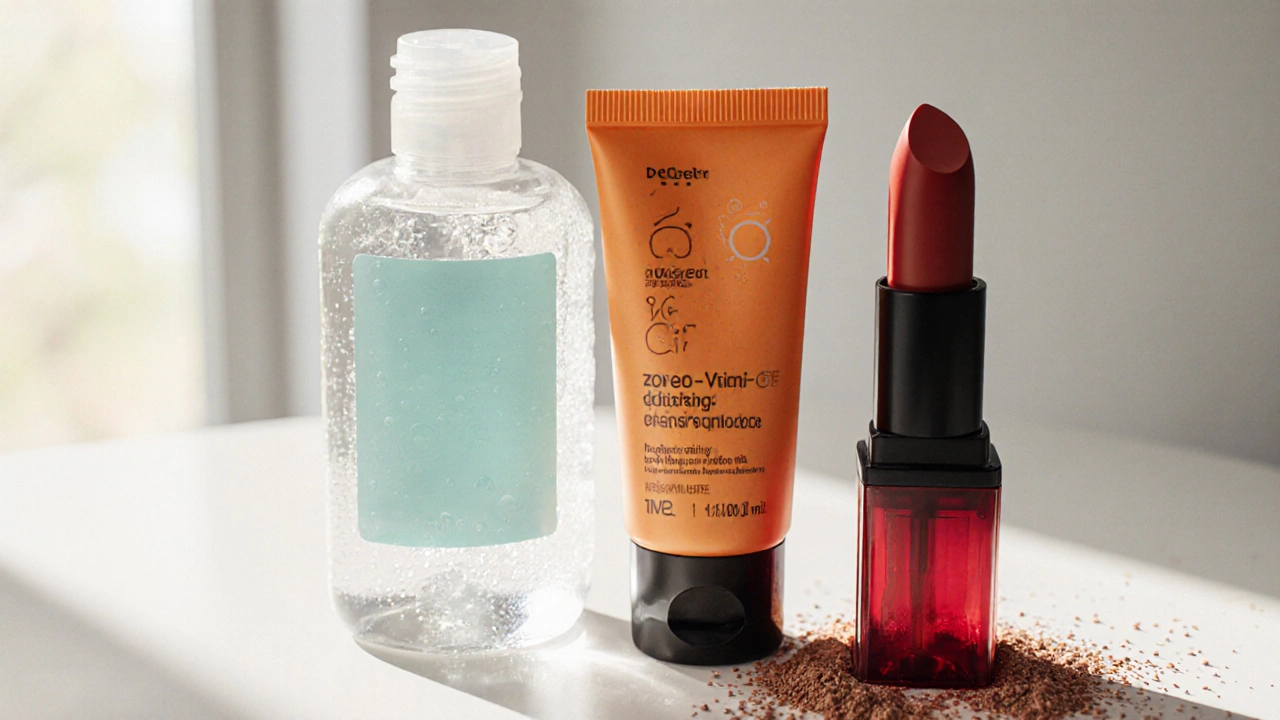Cosmetics Classifications: How Beauty Products Are Organized
When exploring cosmetics classifications, the system used to group beauty products based on function, form, and usage. Also known as cosmetic categories, it helps shoppers and professionals alike navigate a crowded market. Think of it as a map: each area tells you what the product does, who it’s for, and how you should apply it. This map includes makeup categories, groupings like foundations, lipsticks, and mascaras that are judged by coverage, finish, and texture, skincare types, segments such as cleansers, serums, and moisturizers defined by ingredient focus and skin‑care goals, and the broader beauty product taxonomy, the hierarchical structure that links everything from fragrance to sun protection under a single classification system. By understanding these three pillars, you can decode label jargon, compare formulas, and shop with confidence.
Why Knowing the Classification Helps You Choose Better Products
First, classifications give you a shortcut to the right ingredient mix. For example, a product listed under the "anti‑aging" skincare type will typically contain retinol, peptides, or antioxidants – ingredients proven to boost collagen. Second, they tell you where a product fits in your routine. A moisturizer that falls under the "hydrating" makeup category is meant to be applied after primer, not before. Third, they influence pricing and formulation standards. Luxury makeup categories often require higher pigment concentration and longer wear time, while drugstore skincare types focus on cost‑effective actives. In short, cosmetics classifications act as a decision‑making framework, letting you match product purpose with personal need.
Our collection below reflects this framework. You’ll find deep dives into salon‑grade hair products, breakdowns of organic versus natural claims, guides on beginner makeup kits, and tips on choosing the right sunscreen for anti‑aging. Each article ties back to at least one classification, showing you exactly how the theory translates into everyday choices. Browse the posts to see practical examples of classifications in action, and start building a beauty routine that’s organized, effective, and tailored to you.
Three Classifications of Cosmetics Explained
Learn the three main classifications of cosmetics-cleansing, protective, and decorative-plus how they differ in purpose, ingredients, and regulations.

 Hair Care
Hair Care